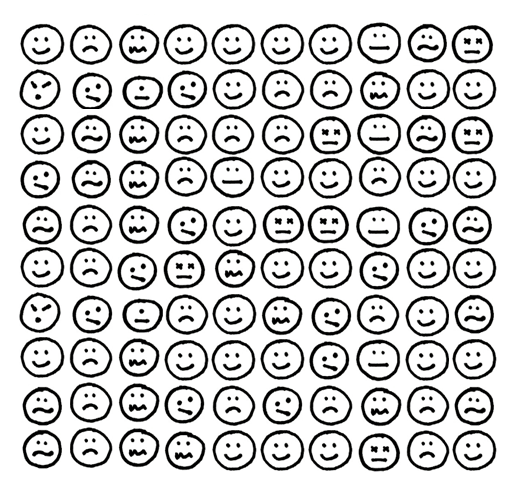
It's a well-worn argument between designers and engineers: Can you drive an emotional decision based on data? We think so! In fact, we've come up with a way to combine both personal preference and analytics for results that help everyone on the team make the best decisions. Verify is a great way to quickly collect and analyze user feedback. We created this web-based tool to help users act on hard data, not intuition or gut-reactions. Designers shouldn't shy away from working with data, in fact they should embrace it. Data works as an agent for esoteric ideas that may have no grounding, and it helps validate the strategy of a design concept. Before you launch a real product, be sure to collect data and learn how to use it to influence the design process in a way that supports or improves specific decisions, rather than the entire concept. A great example of data-driven decisions came up recently with a client of ours. We weren't sure how to proceed with the timestamps on comments - do we use a literal time stamp with date and time, or a relative stamp with something like '3 days ago.' We ran a test with Verify for a day and got back some results which helped us inform the client and make a better, specific decision. Check out the results: Another example is this blog post - we had discussed what type of smiley face to use in the header, settling on a sketched version instead of a more graphically rich version. Were we right? Help us out by taking a new Verify test - we'll update this post with the results in a couple days. Remember: testing and data collection tools won't do your work for you. They're not going to help your customers give you good ideas, so don't rely on them as a crutch. Data is great to have, and terrific for helping move a project forward, but be careful to ask the right questions and create good hypotheses. Otherwise, you could end up with wrong assumptions, or end up with a very different project than you originally had in mind.
